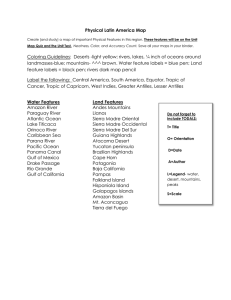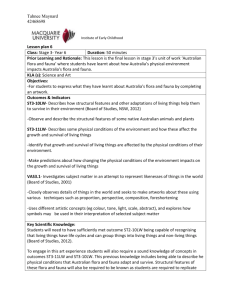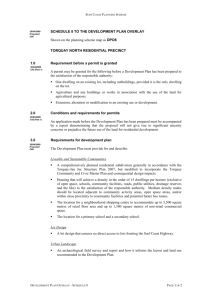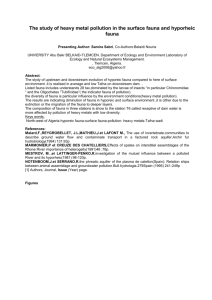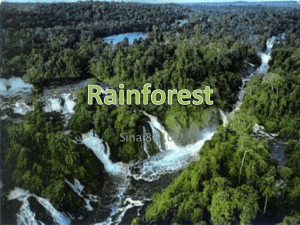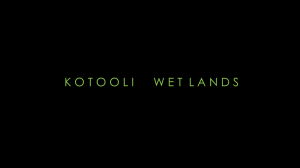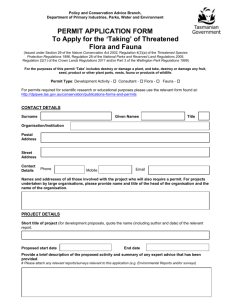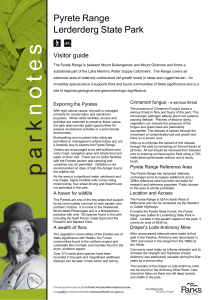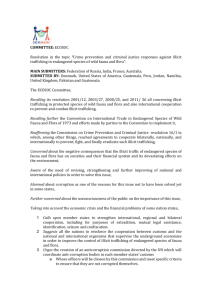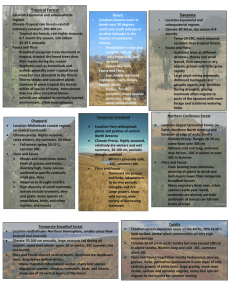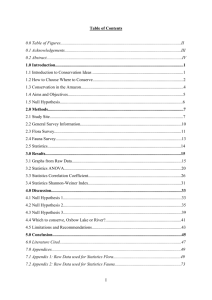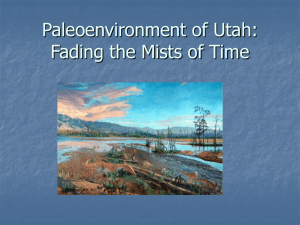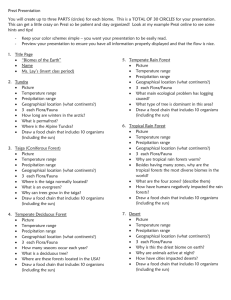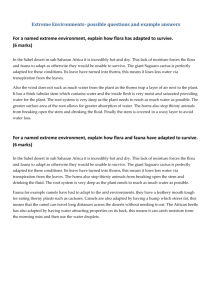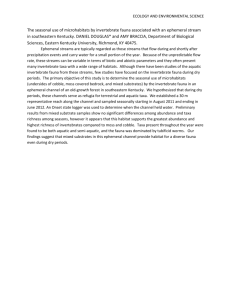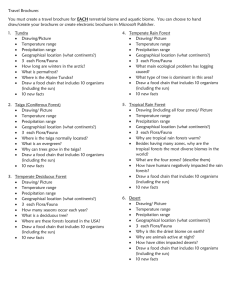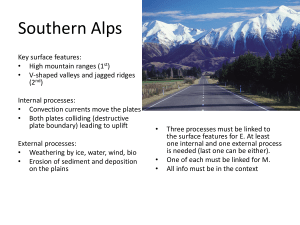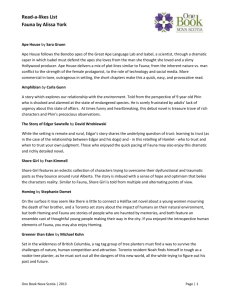unidad2r - Kells Education
advertisement
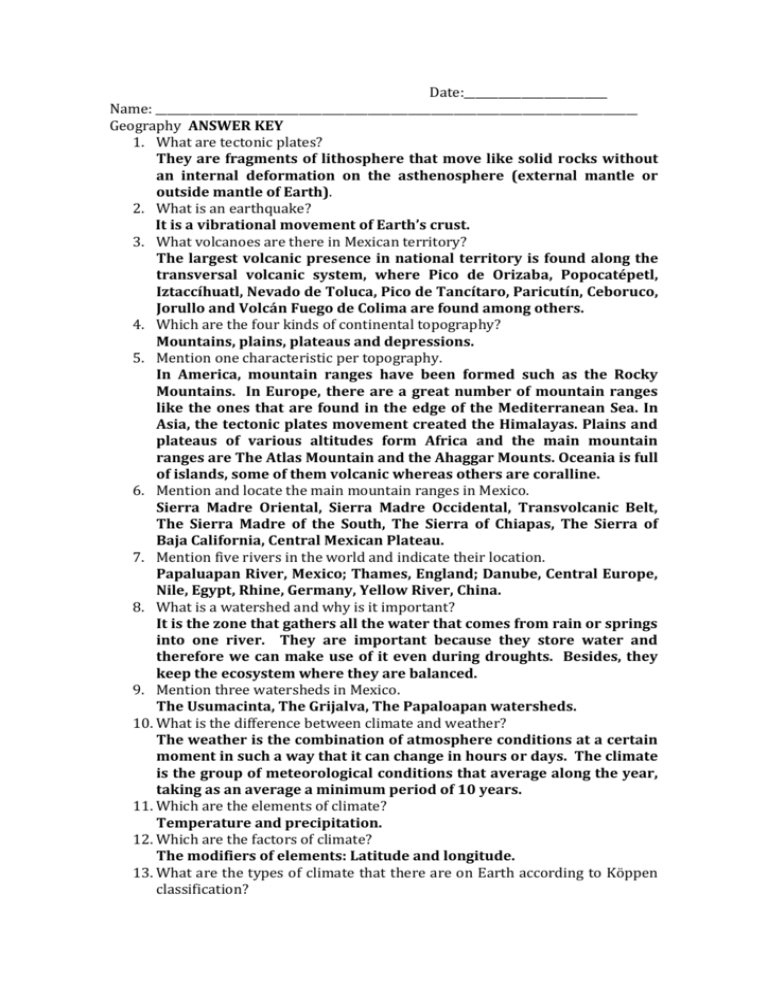
Date:_________________________ Name: ____________________________________________________________________________________ Geography ANSWER KEY 1. What are tectonic plates? They are fragments of lithosphere that move like solid rocks without an internal deformation on the asthenosphere (external mantle or outside mantle of Earth). 2. What is an earthquake? It is a vibrational movement of Earth’s crust. 3. What volcanoes are there in Mexican territory? The largest volcanic presence in national territory is found along the transversal volcanic system, where Pico de Orizaba, Popocatépetl, Iztaccíhuatl, Nevado de Toluca, Pico de Tancítaro, Paricutín, Ceboruco, Jorullo and Volcán Fuego de Colima are found among others. 4. Which are the four kinds of continental topography? Mountains, plains, plateaus and depressions. 5. Mention one characteristic per topography. In America, mountain ranges have been formed such as the Rocky Mountains. In Europe, there are a great number of mountain ranges like the ones that are found in the edge of the Mediterranean Sea. In Asia, the tectonic plates movement created the Himalayas. Plains and plateaus of various altitudes form Africa and the main mountain ranges are The Atlas Mountain and the Ahaggar Mounts. Oceania is full of islands, some of them volcanic whereas others are coralline. 6. Mention and locate the main mountain ranges in Mexico. Sierra Madre Oriental, Sierra Madre Occidental, Transvolcanic Belt, The Sierra Madre of the South, The Sierra of Chiapas, The Sierra of Baja California, Central Mexican Plateau. 7. Mention five rivers in the world and indicate their location. Papaluapan River, Mexico; Thames, England; Danube, Central Europe, Nile, Egypt, Rhine, Germany, Yellow River, China. 8. What is a watershed and why is it important? It is the zone that gathers all the water that comes from rain or springs into one river. They are important because they store water and therefore we can make use of it even during droughts. Besides, they keep the ecosystem where they are balanced. 9. Mention three watersheds in Mexico. The Usumacinta, The Grijalva, The Papaloapan watersheds. 10. What is the difference between climate and weather? The weather is the combination of atmosphere conditions at a certain moment in such a way that it can change in hours or days. The climate is the group of meteorological conditions that average along the year, taking as an average a minimum period of 10 years. 11. Which are the elements of climate? Temperature and precipitation. 12. Which are the factors of climate? The modifiers of elements: Latitude and longitude. 13. What are the types of climate that there are on Earth according to Köppen classification? Tropical, dry, temperate, continental, cold or boreal, polar and perpetual ice climates. 14. Mention and explain the characteristics of natural regions in the world. Rainforest: high temperatures, abundant rainfall, woods high altitude, ferns; fauna consists of jaguar, spider monkey, great variety of insects among others. Savanna: Meadows in warm, humid climate, livestock. Fauna consists mainly of lions, zebras, and gazelles among others. Coniferous forest: Temperate climate and rains throughout summer. Fauna consists of deer, coyote, badger among others. Deciduous forest: Temperate climate, wood products. Flora consists of: red oak, walnut tree, willow, and eucalyptus. Fauna consists of wild cats, bears. Steppe: transition between the savannah and the desert. Livestock development. Fauna consists of hare, rabbit, and snakes. Flora consists of herbaceous and small sized grass, nopal, mezquites, and cacti. Tundra: Very low temperatures all year. Flora consists of moss, lichens, and shrubbery. Deserts: irregular rainfalls, extreme temperatures. Fauna: reptiles, roaders. Flora: Cacti. 15. What is biodiversity? It refers to the great plant and animal variety that inhabits our planet; that is, its natural riches. 16. How is the oceanic topography constituted? The continental platform, continental drop, abyssal plain, ocean ridges, oceanic ditches, and coastal topography constitute it. 17. In the diagram, indicate the parts of Earth’s crust. 18. What does it imply that Mexico is a mega diverse country? It implies that we should preserve all the bio diverse populated areas because there are species that are not found anywhere else in the world and if we let them be destroyed, we lose a lot.

